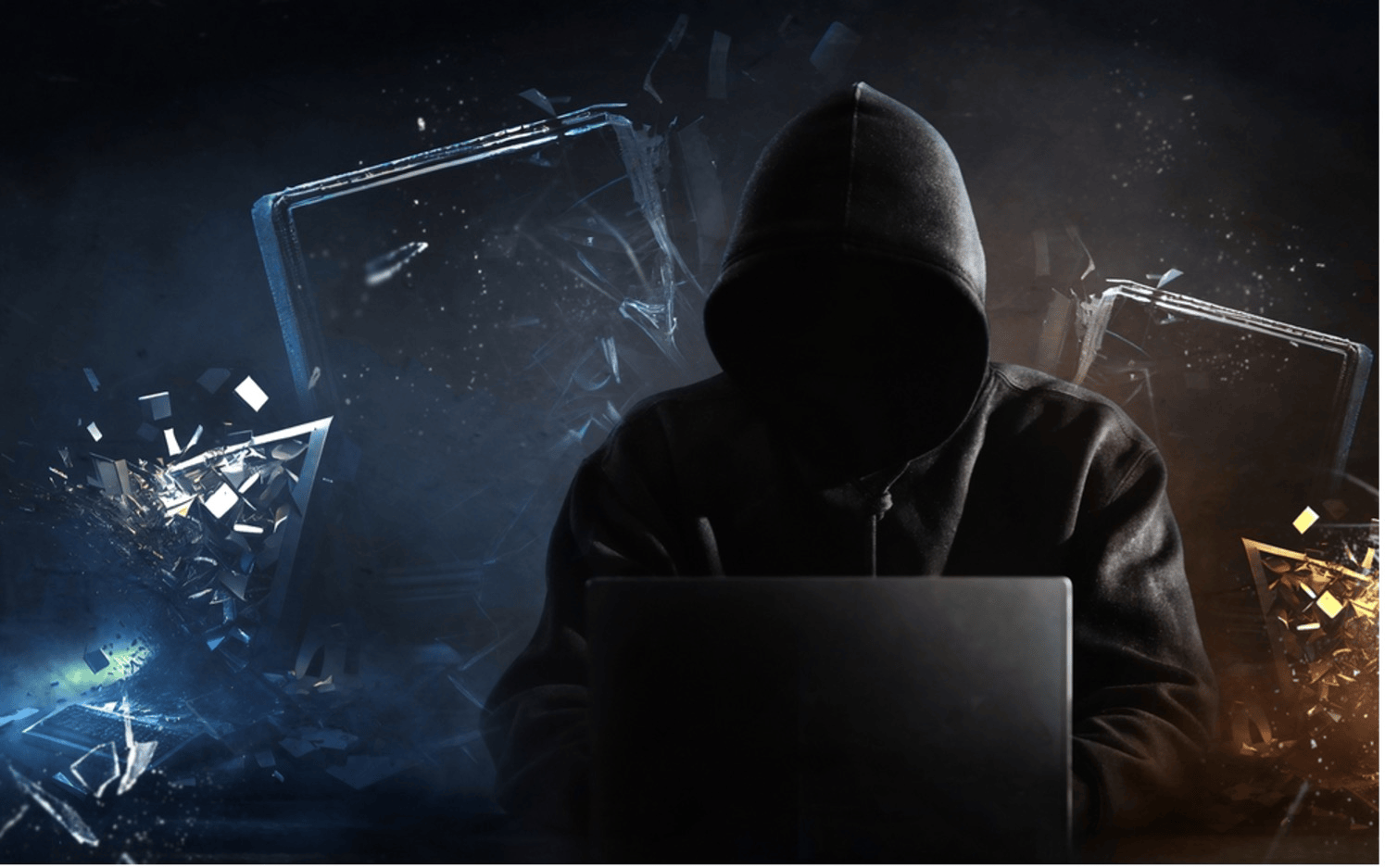
Cybersecurity Hygiene in the Age of Automation: Best Practices for Every Business

In today’s digital-first environment, cybersecurity isn't just a technical requirement but a foundational business strategy. While automation in cybersecurity has greatly enhanced the efficiency and responsiveness of defenses, it cannot entirely replace basic cybersecurity hygiene. Ensuring that your organization adheres to fundamental security practices is essential to safeguard against both routine threats and sophisticated cyber attacks. Here are several best practices for maintaining robust cybersecurity hygiene in an era dominated by automation.
1. Regular Software Updates and Patch Management
Automated systems are only as secure as the software they run on. Regular updates and patches close vulnerabilities that could otherwise be exploited by cybercriminals. Automating patch management can help ensure that updates are applied as soon as they are available, reducing the window of opportunity for attackers.
2. Strong Authentication Protocols
With the rise of automation, managing and securing authentication mechanisms becomes even more crucial. Implement multi-factor authentication (MFA) across all systems, especially for accessing sensitive or high-privilege information. Automated tools can enforce policy compliance by ensuring that MFA is not only available but mandatory.
3. Minimal Privilege Access
Limit user access rights within the IT environment based on roles. Automated solutions can help manage access rights dynamically, adjusting privileges based on current needs and reducing the risk of insider threats or accidental exposure by restricting access to sensitive data to only those who need it to perform their job functions.
4. Regular Security Audits and Assessments
Regularly scheduled audits help identify vulnerabilities that might be overlooked by automated systems. Use automated tools to continuously scan for vulnerabilities, but complement these tools with periodic manual checks and third-party audits to ensure a comprehensive security stance.
5. Employee Training and Awareness
Human error remains one of the largest security vulnerabilities. Regular training sessions on the latest cybersecurity threats and best practices can help mitigate this risk. Automated training platforms can tailor training to individual needs and track progress, but ensure these sessions encourage engagement and are followed up with assessments to test knowledge retention.
6. Secure Configuration of Automation Tools
Automated security tools must be securely configured to prevent them from becoming the very liabilities they are meant to protect against. Default configurations often do not align with best security practices and should be adjusted according to the specific needs of your organization.
7. Data Encryption
Encrypt sensitive data at rest and in transit to protect it from unauthorized access. Automation can be utilized to enforce encryption policies consistently across all data, ensuring there are no gaps in your encryption strategy.
8. Disaster Recovery and Business Continuity Planning
Automate backups and implement disaster recovery plans that can be activated with minimal human intervention. Regularly test these plans to ensure they work effectively under various scenarios to guarantee business continuity in the event of a cyber incident.
Conclusion
While automation significantly enhances an organization's ability to respond to cyber threats rapidly, it must be underpinned by solid cybersecurity hygiene practices. By combining automated security solutions with rigorous hygiene practices, businesses can create a resilient cybersecurity posture that adapts to new threats while maintaining control over their digital environments. Adopting these best practices will not only protect your technological assets but also safeguard your business reputation and trust with stakeholders.

Simon Hunt | Chief Product Officer at Reveald Inc.
Cybersecurity leader with vast contributions to the industry including multiple patents, leadership within startups and Fortune 500 companies, and over a dozen successful M&A transactions. Excelling in product, innovation, user experience, and development leadership while fostering collaborative teams. Simon's mission: Stop cybercriminals from getting rich.
The force multiplier for security teams.
Welcome to the new age of predictive cybersecurity.
Leverage the power of AI to discover and prioritize cybersecurity risks, vulnerabilities and misconfigurations across your entire environment

